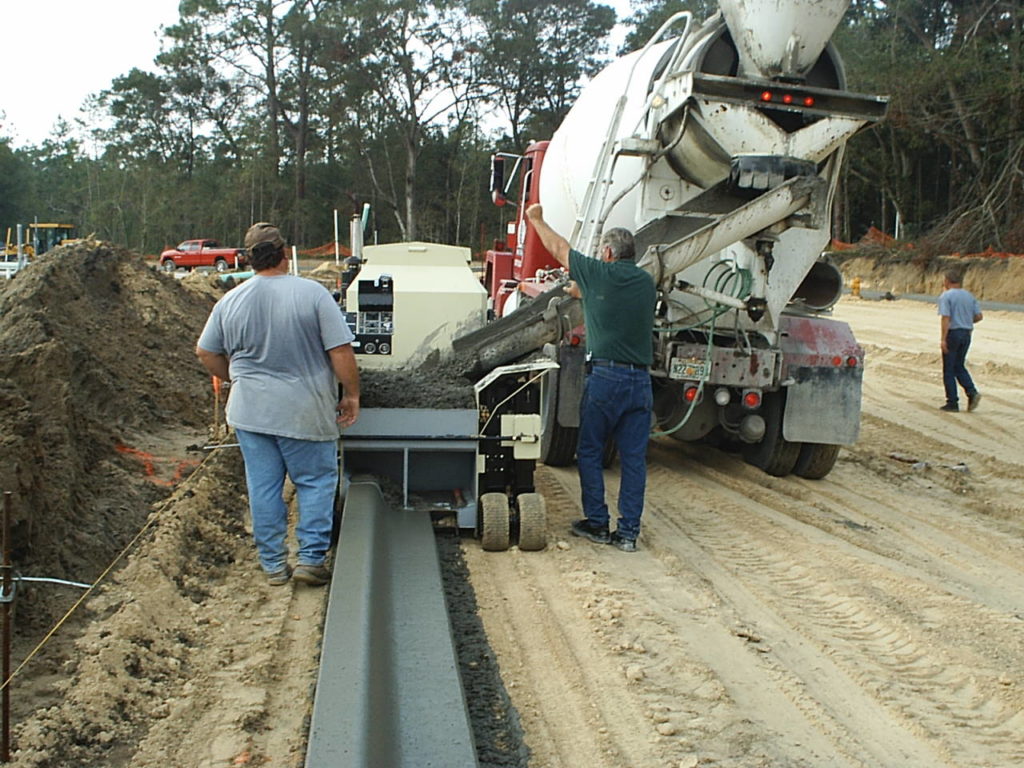
Building Concrete Curbs for roadways and parking lots.
Concrete curb construction is a specialized and involved process that is critical to protecting the area around your pavement. Constructing concrete curbs must be done properly to ensure the curbs are strong and will last for a long time. Concrete curbs are an important component of any roadway or parking lot and they play a vital role in the design and aesthetics. They create a barrier between the roadway and pedestrian areas such as sidewalks and they also help to direct water runoff. Curbing is used on roadways and parking lots for drainage control, access control, pavement edge delineation and support, right-of-way reduction, delineation of pedestrian walkways, and the protection of pedestrians, signs, trees and grass.
When starting concrete curb construction, it is important to first grade the area and make sure the subgrade is compacted uniformly and there is a strong foundation for the concrete curbing. The curb subgrade is usually prepared at the same time as the road subgrades, but the curb subgrade can be created separately if needed. After the subgrade has been compacted and leveled, the curb forms or slipform curb equipment is used to create the concrete curb. Wet concrete is poured into the forms or run through the slipform equipment to create the shape of the curbs. In some situations, reinforced steel is utilized to strengthen the concrete. Once the curbs have been poured and shaped, they will need to be cured to make sure the curb dries strong and is durable. During this process, the curbs must be protected from rain damage, traffic, extreme weather, and against the loss of moisture.
Once the curbs have started to cure but have not fully dried, then the joints will need to be cut. Joint location is important and affects the curb movement. A saw is used to cut the joints in specifically spaced locations on the curbs. After the joints have been spaced and cut, backfill is added to protect the curbs while providing damp earth to supplement curing and help prevent undercutting by rain water runoff. If rain is expected, it is recommended to also protect the backs of curbs by adding a temporary berm to prevent undercutting.
